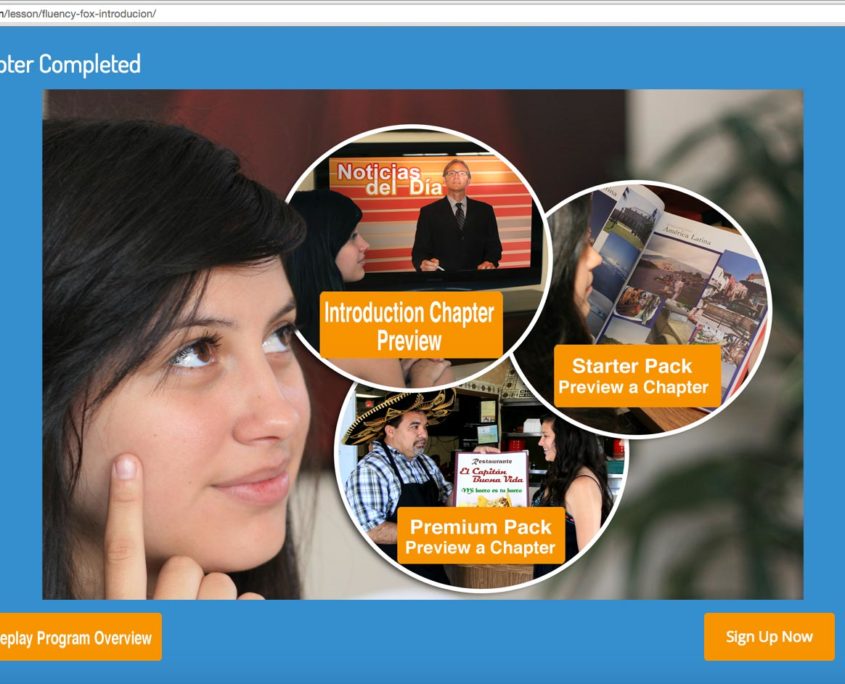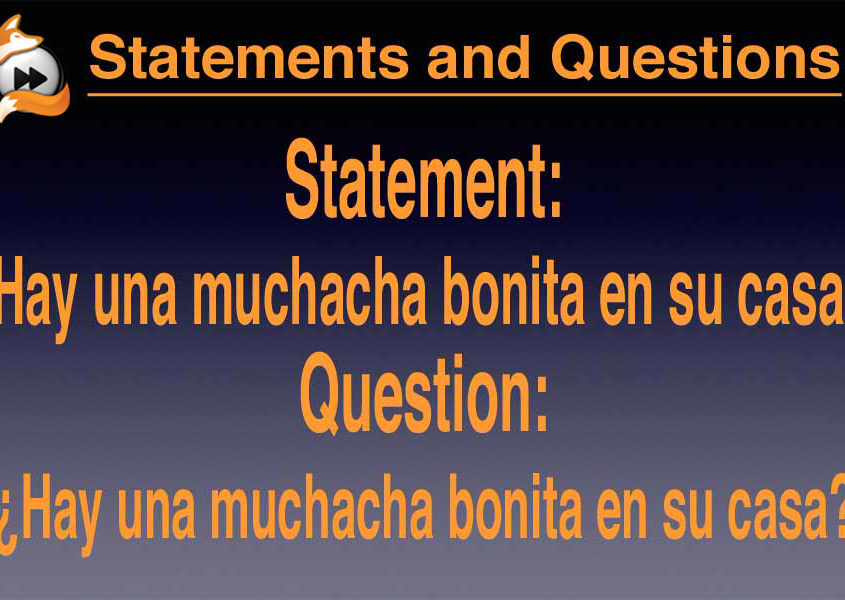 Why You Should Achieve Spanish fluency And How To Do It
Why You Should Achieve Spanish fluency And How To Do It
Over 400 million people speak Spanish worldwide and almost 50 million people in the United States speak Spanish as their first or second language.
That is a lot of people!
Do you want to be one of them?
If you do, continue reading.
Spanish language in the US is most everywhere and it is not going away.
In fact, the Hispanic community in the US is the fastest growing group of people that are adding to the US population.
Therefore, whether we accept it or not, the Spanish language is, and the vast numbers of individuals that speak it are, here to stay.
Speaking Spanish presents an enormous opportunity for those that can speak it, and as a result access the immense community it represents both in buying power and influence.
Those who don’t speak Spanish may be left behind.
Think of the possibilities for growth in any field.
1. If you are in business and need to acquire customers, speaking Spanish will add to your bottom line by allowing you to attract and communicate with more customers.
2. If you are in education, speaking Spanish will increase your reach by accessing the Spanish speaking students and their families wanting to improve their lives.
3. Speaking Spanish can give you an advantage when applying for jobs in many fields.
4. If you simply want to communicate with those in your local community, speaking Spanish will assist you in doing so.
I can go on and on but by now I hope you get the picture.
There is an undeniable benefit to speaking Spanish.
If you want to benefit from the potential opportunities that speaking Spanish has to offer, now’s the time to get on board.
Here comes the good news (for most of us anyway.)
There is a good chance that you have had some Spanish exposure either in school or in the community where you reside.
Spanish is the most popular language being taught in the US to both elementary and high school students.
There is an obvious reason for this.
Speaking Spanish is the most common foreign language other than English spoken in the US.
That said, if you are looking to go into sales, education, or a multitude of other public relations positions, improving your Spanish fluency will make you a more desirable candidate for most any position.
We have the opportunity to embrace the facts that Hispanics represent a significant portion of the US population and that Spanish is an integral part of our society that will only grow as our population grows. We can take advantage of the opportunity to learn and use Spanish in our modern multicultural society.
Or, we can stay in an isolated world that limits us from the enormous opportunities that speaking Spanish can provide.
The choice is yours.
Make the choice to communicate and broaden your horizons.
Once we’ve made the decision to improve our Spanish, now what?
What do we need to do to enter into the Spanish speaking community?
For starters, let’s talk about what Spanish fluency is and how to go about attaining sufficient proficiency in the language so that we can productively interact with the Spanish speaking community.
What is Spanish fluency?
Fortunately, extensive research has been performed by academics from around the globe that have identified the distinct levels or stages of fluency development.
That said, how does understanding the levels of Spanish fluency help you?
First off, are we referring to conversational fluency or written/grammar fluency?
For the purpose of this writing, let’s focus on conversational or spoken fluency in Spanish.
A little back ground:
Although I’m an American, when it comes to languages I take heed of the more multicultural influence of the European model while defining fluency.
In Europe they have more languages being used and therefore speak to a broader audience by default.
Also, their breakdown and terminology seems to be more specific and meaningful with respect to each developmental stage of fluency.
According to Common European Framework of Reference for Languages, there are 3 general levels of fluency: Basic user, Independent user, and Proficient user.
Each of these levels of fluency are further divided into more specific sub levels: A1, A2, B1, B2, B3, C1, C2.
Of these, the B1 or otherwise known as the Threshold or Gateway level of fluency is the most difficult to master.
So what is B1 level fluency?
And just as importantly, why is it so important?
This Threshold or Gateway level stage of fluency is of utmost importance because if a language learner is unable to “break through” this level, communication with native speakers is both frustrating and limited.
The Common European Framework recognizes that the transition between the elementary level (A2) and the beginning intermediate threshold conversational level (B1) is challenging, and that vocabulary drills and grammar exercises are limited in achieving the desired results.
Most individuals that have had prior exposure to Spanish language instruction (or any language for that matter) be it in school, online, travel or elsewhere, understand that acquiring the basic greetings, some thematic vocabulary and other “useful” phrases does not constitute anything close to approaching “real” fluency.
So what is a Spanish language learner to do who is at the advanced beginner stage of fluency (A2)?
It depends.
1. Stay at the A2 level perpetually.
2. Commit to breaking through and gaining intermediate level fluency.
If number 2 is the desired result, it is attainable and is going to require some actionable effort.
If you have not yet achieved A2 fluency, there are countless resources online and elsewhere, both free and paid, that you can access to get you there.
The awesome news is that if you want to advance to a level of Spanish fluency where you can communicate with native speakers in more than simple words and phrases, audio material exists that will allow you to do so.
What all language learners have to their advantage is the theory of Recall in Memory.
When you reinitiate and/or continue your studies, you will recall a certain percentage of what you have previously learned. That, without saying, saves time.
What you have invested in the past still retains value.
Now what?
The first step is to start with audio materials that emphasize Comprehensible Input (CI). That simply means that you need to assure that you understand what you hear.
Repeat as needed!
The more fun and engaging the CI audio material is the better.
Second, assimilate into your learning strategy story based, question and answer conversations. Ideally you will be asked questions about statements that you have understood so that you can visualize what is happening and answer accordingly.
Third, be consistent for long enough to recognize your gains.
By this I mean, make a commitment to practice routinely and when an opportunity to try out your newly acquired skills and experience presents itself, SPEAK!
That’s it!
Countless people before you have done it with less resources than are available today.
If you want Spanish fluency, it’s yours for the taking.
There are numerous reasons for learning to understand and speak Spanish.
The opportunities, both professionally and personally, abound for everyone willing to make the effort to communicate with the increasingly large number of Spanish speakers both currently living in the United States and abroad.
In addition to these numbers, verbal fluency is distinctly defined and attainable.
Once you realize the opportunities improving Spanish fluency provides and you begin to engage in enhancing your verbal skills through study and by using the language, you will undoubtedly open the door to a new world.
The why, what, and how are clear.
There is no better time than now to commit to your new Spanish speaking adventure!


 So what is the best approach?
So what is the best approach?
 Why You Should Achieve Spanish fluency And How To Do It
Why You Should Achieve Spanish fluency And How To Do It One first learns to understand a language and then to speak it.
One first learns to understand a language and then to speak it.
